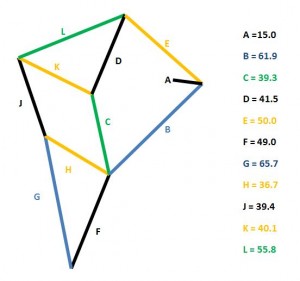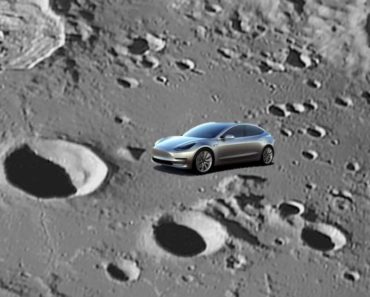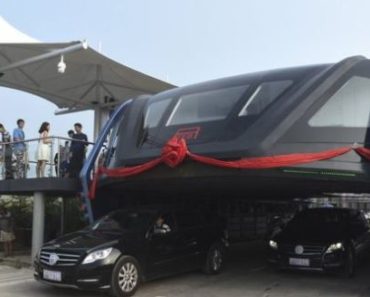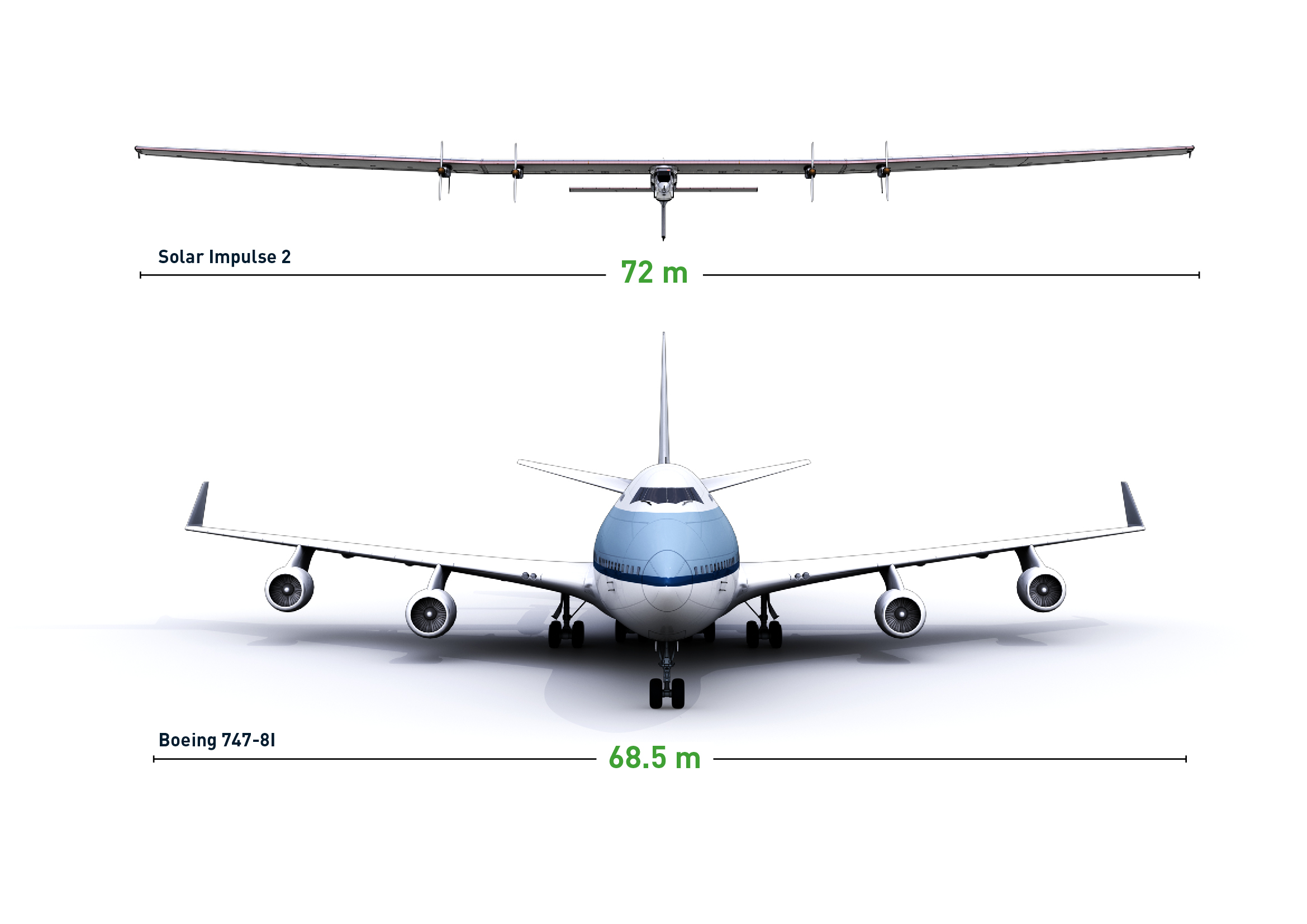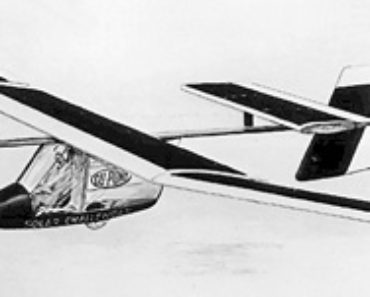Contents
Mankind has always looked towards nature for inspiration. It was sight of birds soaring across the skies that fueled the desire to fly. Similarly, observation of the creatures treading across waters, helped man envision the conquest of the vast seas. It was an activity that took him to new horizons and paved way for world trade. As transportation modes developed, it multiplied the exchange of ideas and propelled civilization forward.
In the post renaissance period, obsession with engines, gears and hydraulics followed by electricity, motors and a perverse lust for fossil fuels pushed humans into a highly mechanized world that seemed at odds with the nature. However, in the modern era, a new pattern of thinking has emerged, one that aims to learn from the nature rather than seeks to subdue it. This new approach coupled with advanced technology is most visible in the field of bio-inspired robotics.
Lately, scientists have been working on robots that utilize quadruped movements for traversing unpaved territories. Similarly automated machines that fly just like birds and jellyfish propulsion mechanisms are being explored (see Festo SmartBird and Boston Dynamics Dog). Note that this surge towards bio-robotics owes a lot to improvements in battery and materials technology.
Even modern wave energy generators like Pelamis, utilize sea-snake like movement for capturing energy.
More recently a firm called Innespace has come up with Dolphin like semi-submersible boat called the Seabreacher (video below).
The versatility in flight like that of a hummingbird is within reach of human ingenuity. In fact, inspired by the flight dynamics of Birds of prey -that can swoop and almost poise mid-air -research in ortnithopters has gathered pace.
Ornithopters are flying machines that rely on flapping wing mechanism. A human powered Ornithopter has already been designed and has successfully achieved flight.
Kinetic Sculptures
Theo Jansen is a designer from Netherlands who came into limelight through his Kinetic Sculptures. These remarkable specimens that beautifully combined art and engineering, were featured in a BMW advert.
From an early age Theo Jansen was involved in projects that synergized the spheres of Art and Engineering. He can be seen in the BMW advert saying “ The difference between Art and Engineering only exist in our minds”
The beasts of pure mechanical breed as can shown in the video are Theo’s own creation. He wishes herds of these creatures to roam free on the beaches of Netherland and Belgium one day. Overtime, he has kept increasing the level of sophistication of his machines. In the first stage, he achievied the very natural, animal like movements. This required mathematical modeling and simulation programs with several iterations. Jansen was finally able to produce a mechanism through linkages that mimicked the way quadruped moved. He added additional limbs for greater stability and smoothness of travel. As a result the first Strandbeest was born. His designs would later feature flapping wings, again in mimicking avian creatures. Using PVC bottles and tubes he was also able to harness compressed air, which is used for performing an intelligent function. In effect, Standbeest was the rebirth of a mechanical computer just like Pascal’s calculator.
One remarkable feature of his new generation of creatures will be their ability to self-preserve. They will have in them mechanism that prevents them from being washed away as the tide comes in. They will also be able to detect an incoming storms and will be able to ground themselves using a tethered pin. Theo intends to increase his machine’s intelligence by adding pure mechanical contraptions rather than using more advanced mechatronics.
Potential Applications of Theo Jansen Mechanism
As indicated by the creator himself, the mechanism has many practical applications. Theo explains that tyres are not very good on the sand mainly because every point on the tyre has to be in contact with the sand resulting in far more friction. So one of the possible applications would be a walking bike.
Furthermore, it was Theo himself who designed the “Animaris Rhinoceros” specifically to transport load. Unlike most of his creature that were made of flexible plastic tubes, Animaris Rhinoceros had a sturdy skeleton made of steel and had polyester skin. Even though the mechanical creature weighs 2 tonnes but it can be easily tugged by a single person. Thus it can transport load with minimum energy in sandy terrain and doesn’t need a road or even a track. Jansen’s evolution of the tyre has been inspired by nature itself, which provides some of the best solutions to many problems faced by the world today.
Another ground breaking application would be replacing wheel-chairs. Modern wheel-chairs, even though made out of light weight materials cannot be used in places like beach, snowy/muddy fields or deserts. They cannot go past obstacles or climb stairs. Chairs that will employ Theo Jenson mechanism would be able to do both. In Japan, research has been successfully completed on tweaking Theo’s mechanism for climbing obstacles.
The beauty of Theo Jenson Mechanism is the simplicity in its design. It can be made easily from a variety of materials at any scale. It is smooth and energy efficient and has low payload to machine load ratio. Added features like shock absorbers can make it even more robust and versatile. It does not require any hydraulics or sophisticated machinery as seen in quadruped robots by Boston Robotics.
The picture on the right shows the links that form one of the many legs the mechanism can have. The free-end of the “A” bar could be connected to a motor or the centre of a flywheel. Various other legs can be attached at phase differences for a smoother movement.
In the diagram, Fixed Joints (that don’t allow any rotation) are:
F-G
F-H
G-H
K-D
D-L
K-L
The following joints are Pin joints ( that allow relative rotation between the two links):
A-B-E
B-C-F
C-K-D
D-E-L
J-K-L
G-H-J
The proportions of the links are given in the picture (Courtesy Michael Frey).
Another interesting land traversing mechanism that can replace the wheel is the Klann mechanism which is based on Crab like movement.
One thing is clear, mankind needs to learn from mother nature not only for sustainence but sustainability.
Feel free to share the article using the buttons below.
References:
BBC
Theo Jansen’s Wind Powered Skeleton
Nature.com
A tissue-engineered jellyfish with biomimetic propulsion

